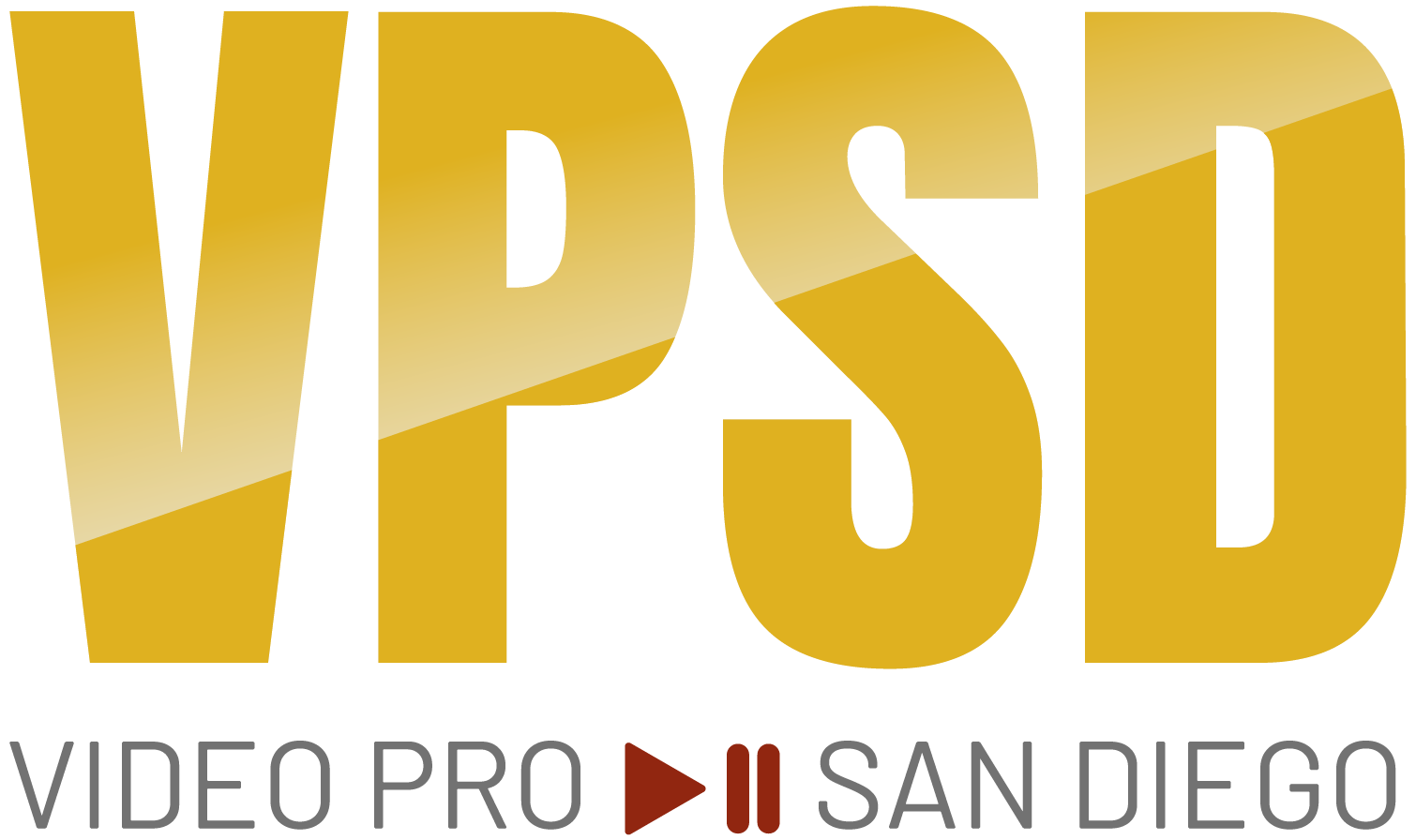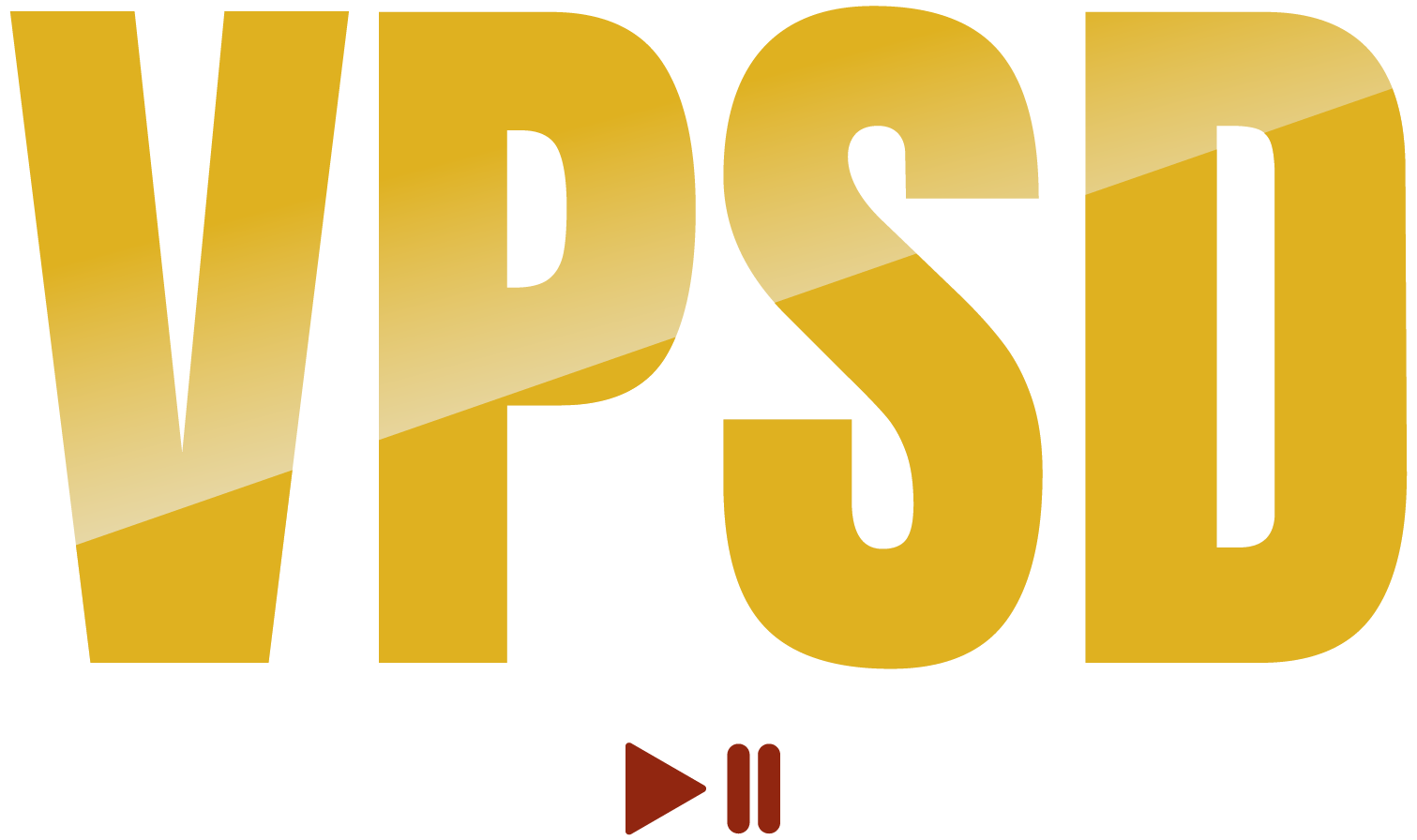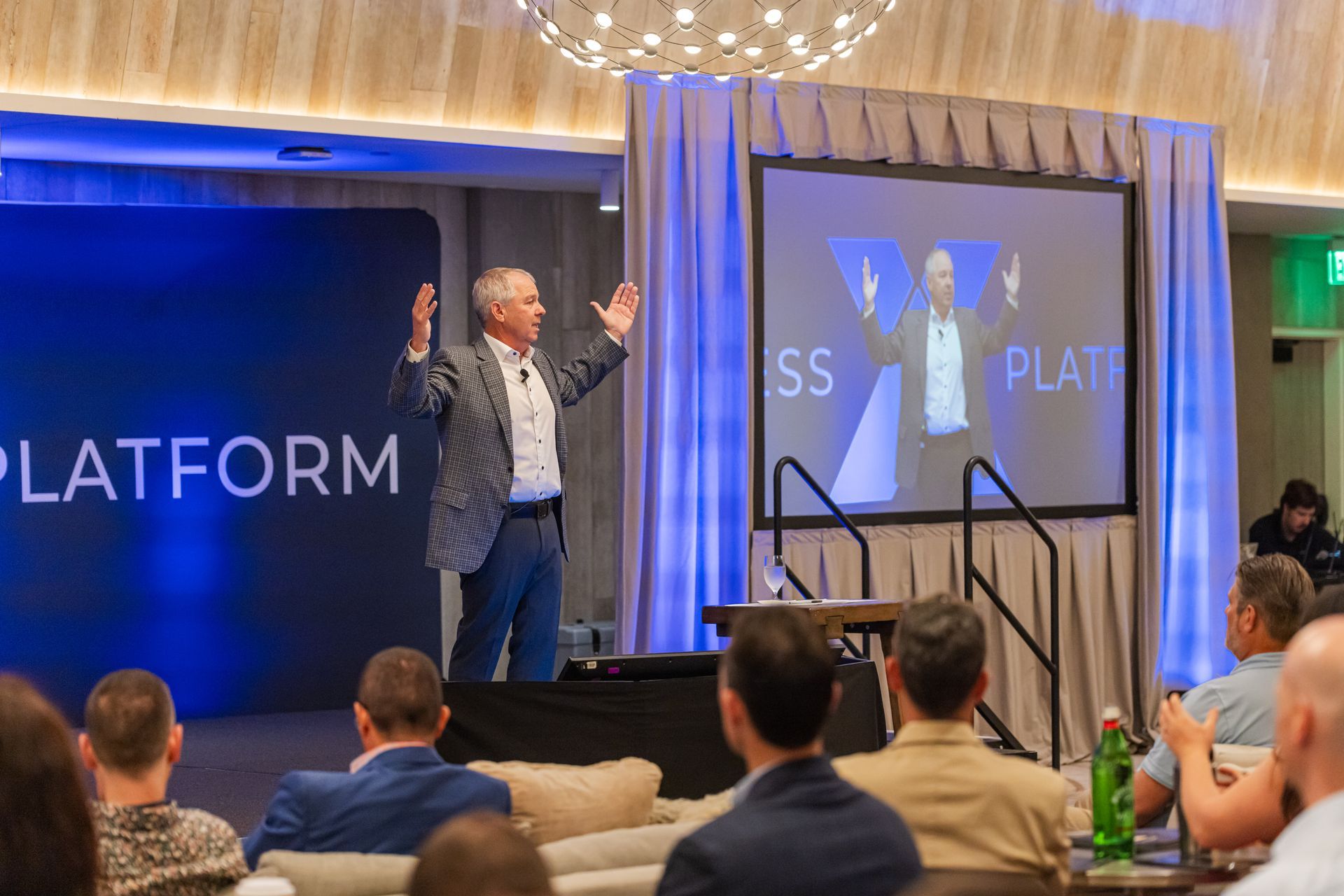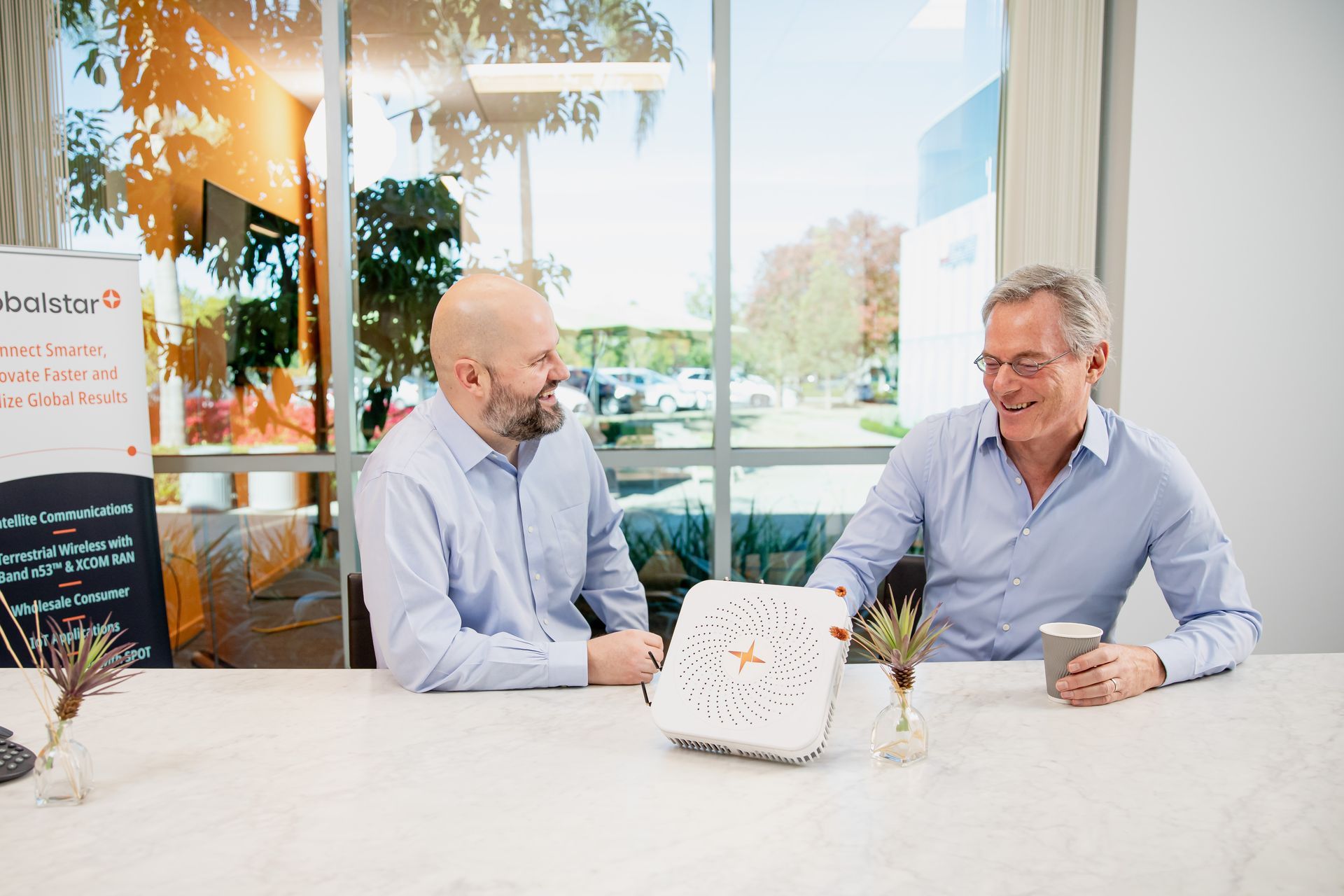Mastering the Art of Comfortable On-Camera Performances: A Videographer's Guide
This is a very common scenario:
"I don't really like being on camera" or "I don't know what to say."
Totally normal. People get a little anxious when they are outside their comfort zone. For most of us, we might snap the occasional selfie photo or short video, but not often are regular Joe's like you and me in a "production video" with microphones and lights and big fancy equipment. Yeah, it can get intimidating.
I always tell my clients to just relax. If they know a shoot is coming up, I encourage them not to think about it too much. Especially if it's an interview video (testimonial, personal story, etc.). For these types of videos, it's really important to work with a videographer who can make you feel completely comfortable. Here are a few of my own rules to live by as the guy behind the camera. When dealing with on-camera talent:
- Be extremely intuitive about how the person is feeling. Empathy is key.
- Be genuinely encouraging
- Be patient. Make sure the subject knows we can edit and retake. No biggie!
- Let them see themselves in the rehearsal takes to make sure they know how good they look.
- Make small talk to keep them from freezing up in their head. But keep it loose!
- If they've made notes, allow them to try takes with their own words. Once they get those done, you can do the spontaneous takes that are often better.
When doing a testimonial video, people already have the words in their head. A skilled videographer/director can bring that out in a fun and genuine way. If people are trying to write a script to "read" or remember on camera, it's rare to get realistic authenticity. It just comes off as scripted. Better to catch people a little off-guard. Have FUN with them. Make them feel at home and special. Pay attention and encourage them.
Just be sure you don't leave the shoot unless you know you have the content you need in the can (so to speak). If your gut is telling you that this will be a difficult video to edit, you're probably right. It's okay to take a break and come back to shooting. Sometimes this will also loosen people up.
Final trick, let the camera roll but act like you are finished. Then, just conduct a conversation with the subject. This is where I often get some of my best material. When they don't know they are being recorded. In fact, right AFTER you finish the "formal" interview is the best time to do this. There is a visceral exhale of relaxation and people loosen up and smile. That's where you find the gold.





